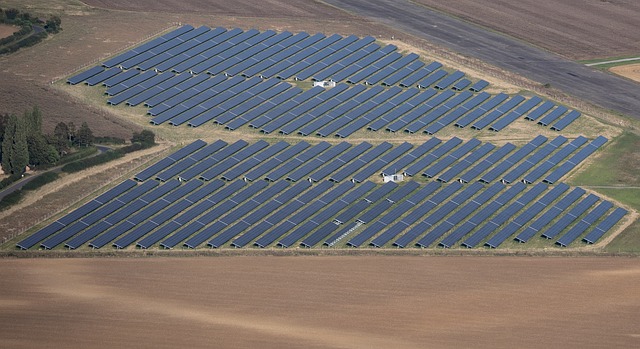The Unseen Social Dance: The Influence of Nonverbal Communication
In the realm of human interaction, a silent dance is continually unfolding. A dance so intrinsic to our social fabric, we rarely pay it conscious attention. Welcome to the world of nonverbal communication—an unspoken language that profoundly influences our daily interactions and societal behaviors. Read below to delve into the intricate choreography of our silent social ballet.
The Origins of Our Silent Ballet
Nonverbal communication predates verbal language, tracing its roots back to our earliest ancestors. Long before the advent of complex language systems, humans relied primarily on nonverbal cues—facial expressions, gestures, body language—to convey messages and emotions. This nonverbal language allowed early humans to build social bonds, establish dominance hierarchies, and navigate the complexities of prehistoric society.
The Language of Silence in Contemporary Society
Today, our nonverbal cues continue to play a pivotal role in shaping our social interactions, often conveying more about our intentions and emotions than our words. Whether it’s the subtleties of facial expressions, the power dynamics revealed in body language, or the intimacy signaled by touch, these cues form an essential part of our social ballet.
The Social Implications of Nonverbal Communication
The power of nonverbal communication extends beyond personal interactions, significantly impacting broader societal dynamics. For example, how leaders use body language can profoundly influence public perception and political discourse. Similarly, cultural norms around nonverbal cues can reflect and reinforce societal values and prejudices. Understanding these dynamics can provide crucial insights into the workings of modern society.
Unraveling the Research
Research in fields like psychology and sociology has shed light on the nuances of nonverbal communication. Studies suggest that it can carry up to 93% of the emotional meaning in social interactions, underscoring its importance. This research also highlights the cultural diversity in nonverbal cues, showing how societal norms shape our silent language.
The Dance Continues: Nonverbal Communication in the Digital Age
With the rise of digital communication, our nonverbal language is evolving. Emojis, GIFs, and video calls are redefining the silent ballet in the digital realm, opening new avenues for nonverbal expression. As we move further into the digital age, it will be fascinating to see how this ancient form of communication continues to shape our society.
In conclusion, nonverbal communication forms an integral part of our social interactions and societal dynamics. It’s a silent ballet that we all participate in, consciously or not. By understanding its historical roots, contemporary applications, and future potential, we can better navigate the dance floor of our daily lives.





